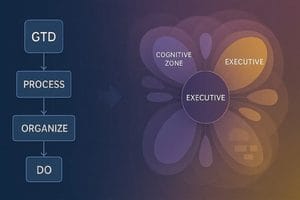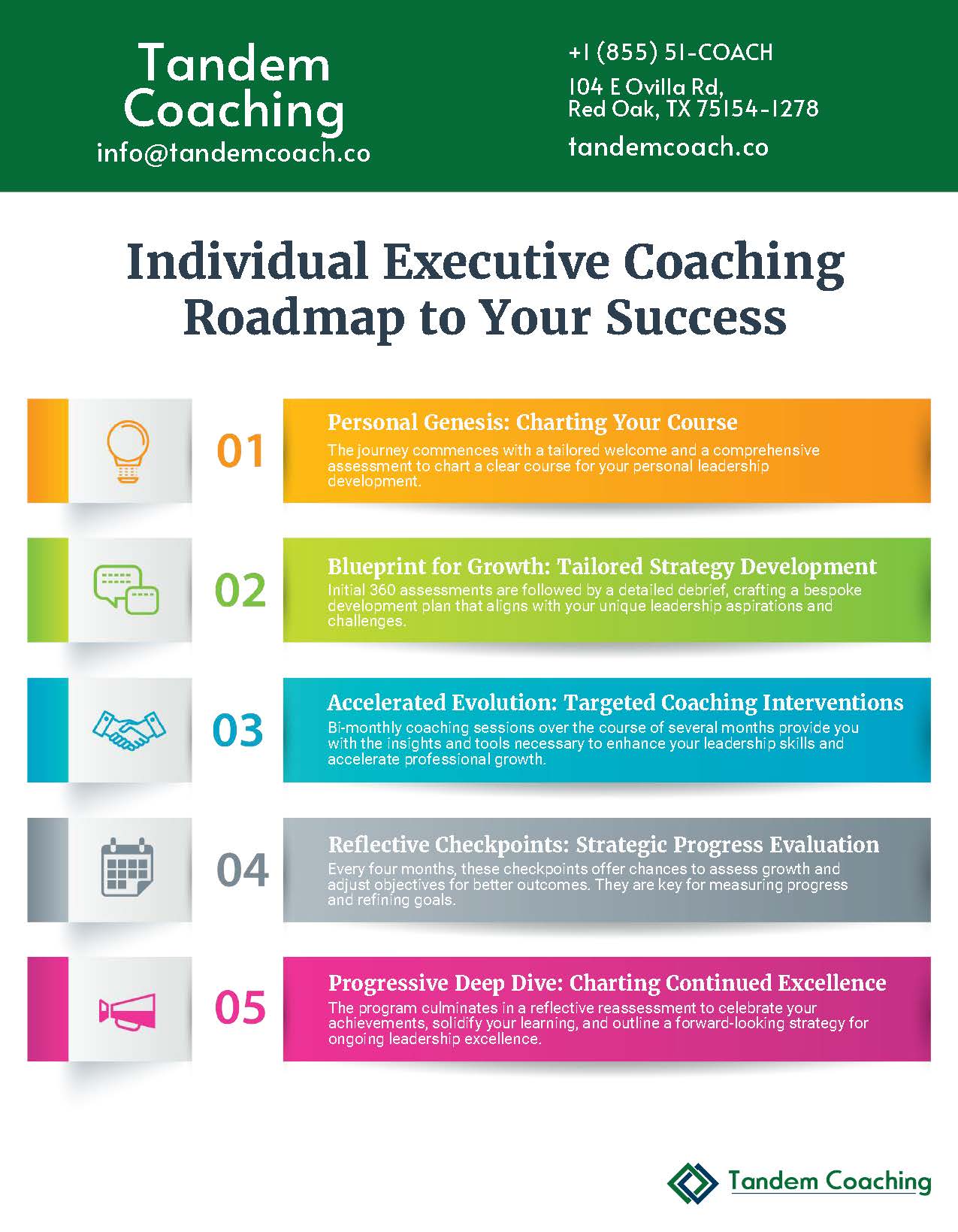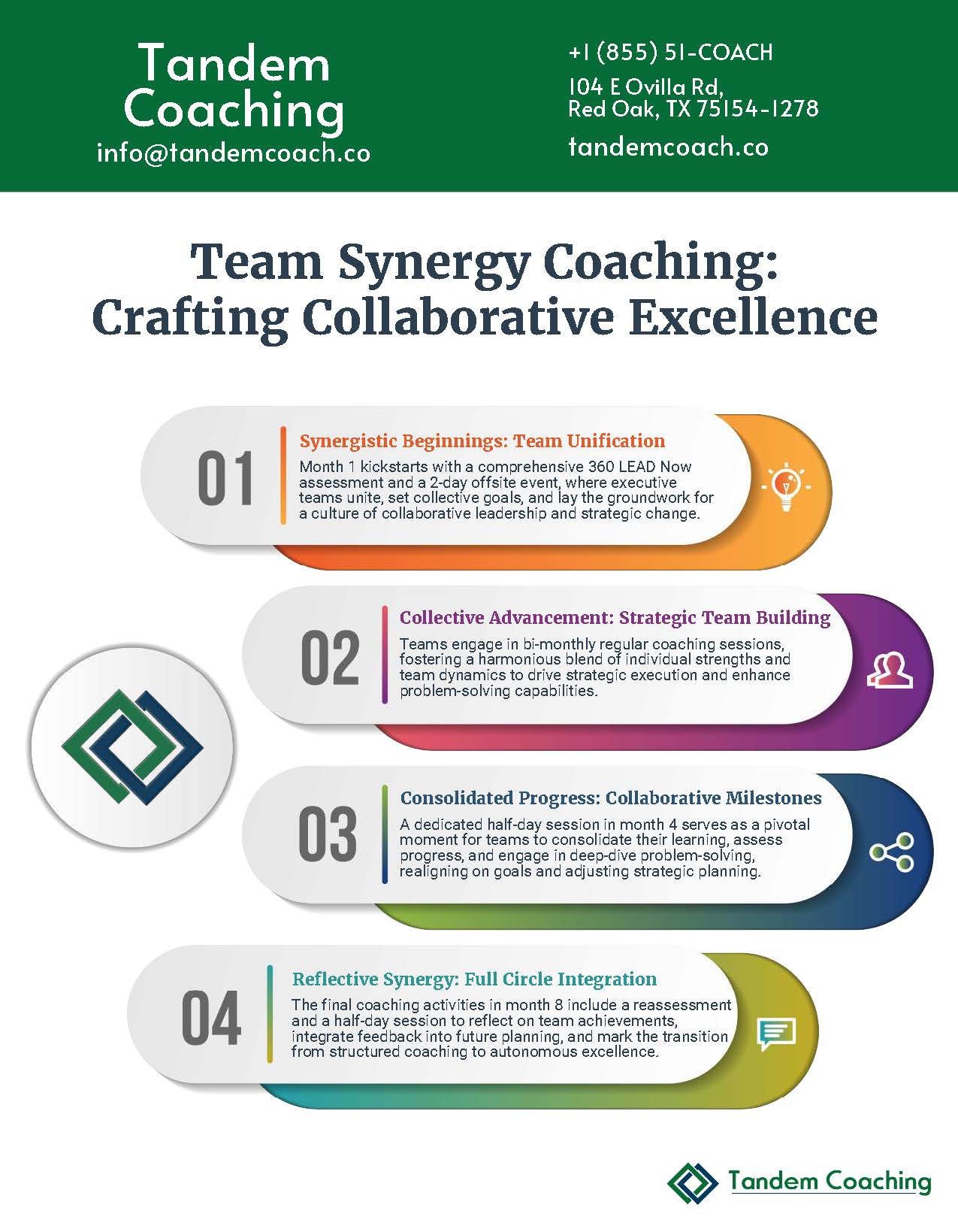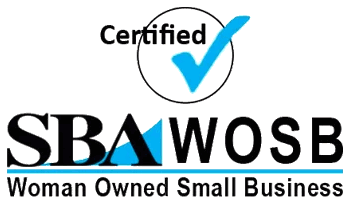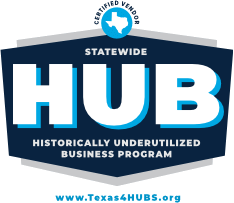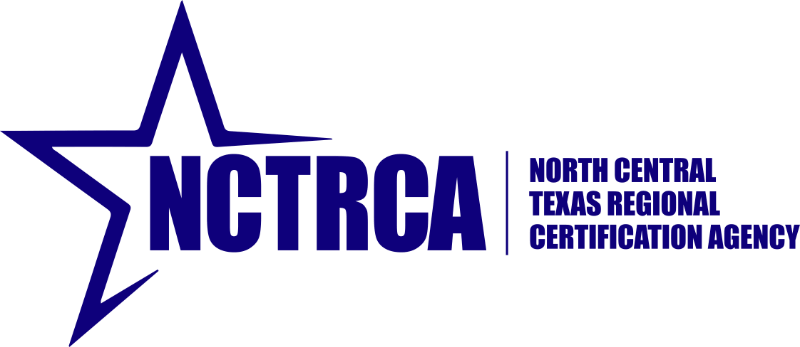You’ve completed your productivity audit, implemented GTD modifications, understood your cognitive contexts—now comes the part nobody talks about: actually making it stick while running a company that won’t pause for your personal development.
Here’s what I’ve learned after guiding hundreds of executives through this exact transition: The difference between those who transform their productivity and those who abandon their systems by week two isn’t willpower, intelligence, or even time availability. It’s having a roadmap that anticipates the predictable failure points and builds in recovery mechanisms before you need them.
The statistics are sobering. McKinsey’s research shows that only 30% of organizational transformations succeed The science behind successful organizational transformations | McKinsey, and personal productivity transformations fare even worse. Why? Because most approaches treat productivity change like a light switch—on or off, success or failure—when in reality it’s more like steering an oil tanker while simultaneously keeping it running at full speed.
The Implementation Paradox Nobody Addresses
Every executive faces the same cruel irony: You need productivity to implement productivity systems. You’re already operating at 110% capacity, your calendar is packed, your team needs constant guidance, and somehow you’re supposed to find time to revolutionize how you work? This paradox kills most transformation attempts before they begin.
Traditional productivity advice assumes you have spare capacity to invest in change. “Set aside time for planning,” they say, as if you have unutilized hours lying around. “Start small,” they suggest, ignoring that your responsibilities are anything but small. “Be patient,” they counsel, while your board demands immediate results.
What executives actually need is a transformation approach that generates immediate value while building toward systematic change. You need quick wins that free up capacity for deeper changes. You need to maintain current performance while reconstructing your operating system. You need to bring your team along without disrupting their productivity.
This is why the 30-day framework works where 90-day plans fail. It’s not about the magical number 30—research from University College London found habit formation actually takes an average of 66 days Scientific AmericanUCL Blogs. It’s about creating enough momentum in 30 days that continuation becomes easier than reverting to old patterns.
“The goal isn’t perfection in 30 days—it’s irreversible momentum that makes going backward harder than moving forward.”
Why 67% Fail on Day 11 (And How You Won’t)
There’s a predictable moment when most executives abandon their productivity transformation. I call it the Day 11 Rebellion. Your initial enthusiasm has worn off. The complexity of maintaining new systems while handling daily crises becomes overwhelming. Your team starts pushing back against changes. And that critical board presentation next week makes reverting to familiar patterns feel like the only option.
Understanding this pattern changes everything. When you expect the Day 11 Rebellion, you can prepare for it. When you know your team will resist around week two, you can preempt their concerns. When you anticipate the first crisis testing your new systems, you can build in protocols that prevent collapse.
The executives who succeed don’t avoid these challenges—they plan for them. They build flexibility into rigid systems. They create “emergency modes” that maintain core practices even during chaos. They communicate changes to their teams in ways that generate buy-in rather than resistance.
Most importantly, they understand that transformation isn’t linear. Progress looks like a stock chart—volatile day-to-day but trending upward over time. Some days you’ll operate at 20% effectiveness with new systems. Other days you’ll hit 150% of your previous capacity. The key is maintaining direction, not perfection.
Your 30-Day Architecture for Transformation
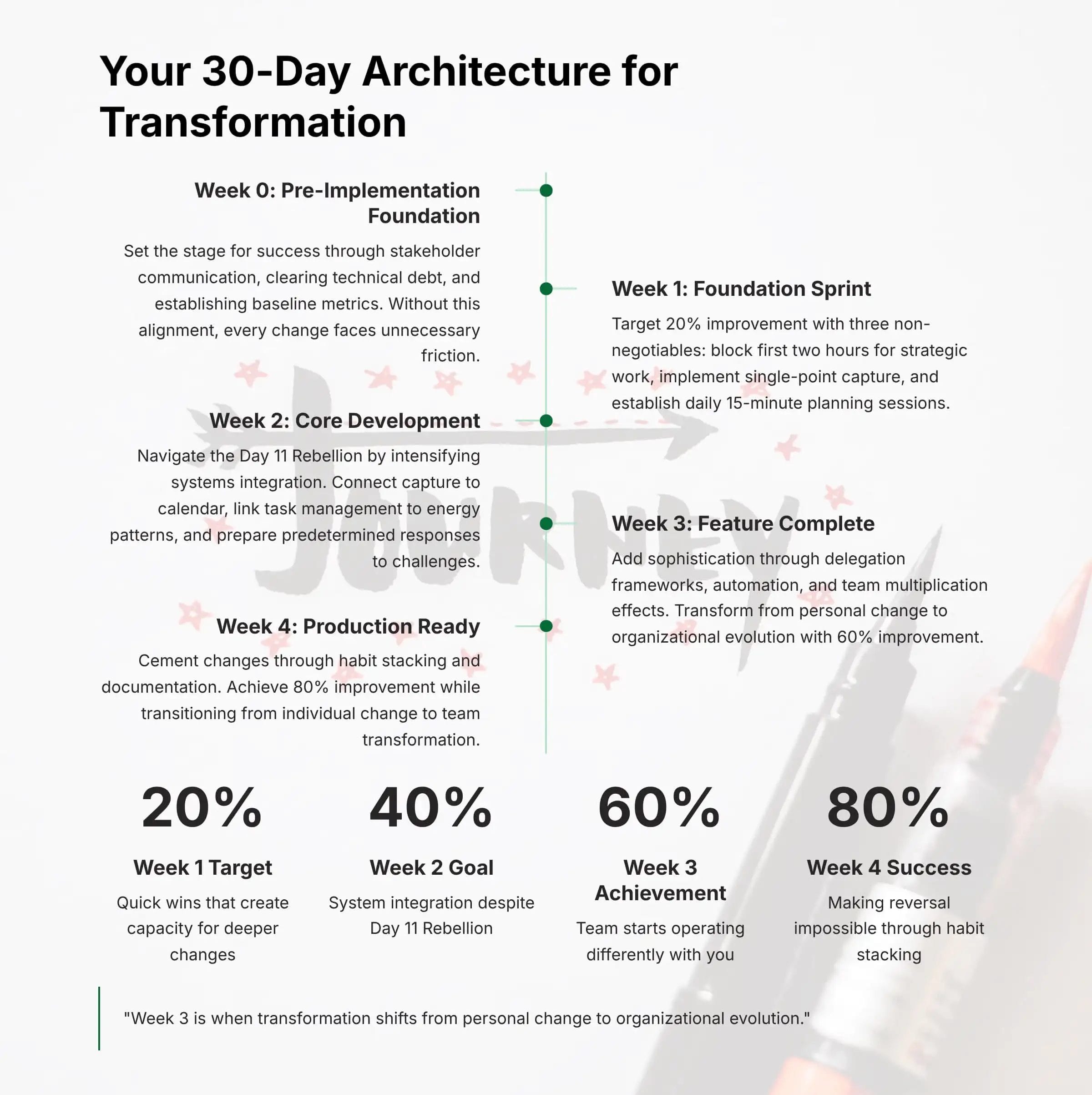
Week 0: Pre-Implementation Foundation
Before you change anything, you need to set the stage for success. This preparation week is what separates sustainable transformation from another failed attempt.
Start with stakeholder communication. Your assistant needs to understand why your calendar will look different. Your direct reports need to know why your response patterns are changing. Your family needs to understand why you’re restructuring your morning routine. Without this alignment, every change you make will face unnecessary friction.
Next, clear your technical debt. Those 500 unread emails? The 47 open browser tabs? The desktop covered in “temporary” files? This accumulated chaos will sabotage any new system. Dedicate one evening to digital bankruptcy—archive everything older than a week, bookmark all tabs into a “review later” folder, and start with clean surfaces.
Finally, establish your baseline metrics from the productivity audit you completed. How many hours of deep work did you achieve last week? What percentage of time went to strategic versus operational work? How many times were you the bottleneck for team decisions? Without these measurements, you won’t know if your transformation is working.
Week 1: Foundation Sprint (Days 1-7)
The first week is about quick wins that create capacity for deeper changes. Target 20% improvement—enough to feel different but not so much that it’s unsustainable.
Start with three non-negotiable changes: First, block your first two hours each day for strategic work. No meetings, no email, no Slack. This immediately recovers 10 hours weekly for high-value work. Second, implement single-point capture for all inputs—every commitment, idea, and request goes into one system. Third, establish a daily 15-minute planning session where you identify your three critical outcomes for the next day.
Research from organizational change studies shows that employee ownership of implementation increases success rates by 24% 65+ Change Management Statistics for Success in 2025, so involve your team from day one. Share what you’re doing and why. Ask them to protect your morning blocks. Request their patience with delayed responses. Most importantly, explain how your improved productivity will benefit them through clearer direction and faster decisions.
By day 7, you should feel the difference. Not transformation—just difference. You’re catching fewer balls but dropping none. You’re responding slower but more thoughtfully. You’re in fewer conversations but having greater impact.
Week 2: Core Development (Days 8-14)
Week 2 is when the Day 11 Rebellion typically strikes. You’ll wake up one morning and your old patterns will feel overwhelmingly attractive. Your inbox will seem urgent. That morning block will feel selfish. The planning session will seem like overhead you can’t afford.
This is exactly when you need to intensify, not retreat. Add system integration to your foundation. Connect your capture system to your calendar. Link your task management to your energy patterns. Integrate your communication protocols with your team’s workflow.
The key to surviving Week 2 is having predetermined responses to predictable challenges. When the urgent request comes during your morning block, you have a template response ready: “I’ll address this at 10 AM when I’m focused on operational items. If it truly can’t wait, please call my cell.” When you’re tempted to skip daily planning, you have a simplified 5-minute version for crisis days.
Target 40% improvement by week’s end. You’re now protecting 15 hours weekly for strategic work. Your response time has normalized at a sustainable pace. Your team is adapting to your new patterns. The system is becoming easier to maintain than to abandon.
Week 3: Feature Complete (Days 15-21)
Week 3 is about sophistication and scale. You’re no longer just surviving with new systems—you’re optimizing them. This is when you add automation, delegation protocols, and team multiplication effects.
Start implementing your delegation framework at scale. Those decisions that keep climbing to your level? Create decision templates your team can use. Those status updates you constantly request? Build dashboards that surface information automatically. Those recurring questions? Document answers once and point people to resources.
This is also when you optimize your tools for your new workflow. Configure your email to surface only what requires executive attention. Set up automation between your task management and calendar. Create templates for recurring work patterns. The goal is to make the right thing to do also the easiest thing to do.
By day 21, you’re operating at 60% improvement over baseline. But more importantly, your team is starting to operate differently. They’re making decisions without you. They’re solving problems at their level. They’re adapting to your new rhythm and finding it actually serves them better.
“Week 3 is when transformation shifts from personal change to organizational evolution.”
Week 4: Production Ready (Days 22-30)
The final week is about cementing changes and building sustainability. You’re targeting 80% improvement, but the real goal is making reversal impossible.
Focus on habit stacking—linking new behaviors to established patterns so they become automatic. Your morning strategic block is now as routine as your commute. Daily planning happens as naturally as checking your phone. Weekly reviews are non-negotiable appointments with yourself.
This is when you need to document your system for two critical reasons. First, documentation forces clarity about what’s actually working versus what you intended to work. Second, it creates accountability and continuity when you’re traveling, sick, or pulled into crisis mode.
Most critically, Week 4 is when you transition from individual change to team transformation. Share your productivity gains in concrete terms. Show how your changes have improved team velocity. Demonstrate the ROI through faster decisions, clearer direction, and reduced bottlenecks. When employees see leadership successfully modeling change, they’re significantly more likely to adopt similar practices themselves 40+ Definitive Organisational Change Management Statistics for 2025 – ChangingPoint.
The Critical Failure Points and Recovery Protocols
Even with perfect planning, three predictable failures threaten every transformation. Knowing them in advance transforms them from system-killers to minor setbacks.
The First Crisis Collapse happens when a genuine emergency makes you abandon all systems. A key client threatens to leave. A critical system fails. A team member quits unexpectedly. Suddenly, your productivity system feels like luxury you can’t afford.
The recovery protocol: Have a predefined “crisis mode” that maintains 20% of your system. Keep morning planning even if reduced to 2 minutes. Maintain single-point capture even if you don’t process for days. Protect one hour of strategic thinking even if it’s at 10 PM. These minimal practices prevent complete reversion and make full recovery possible once the crisis passes.
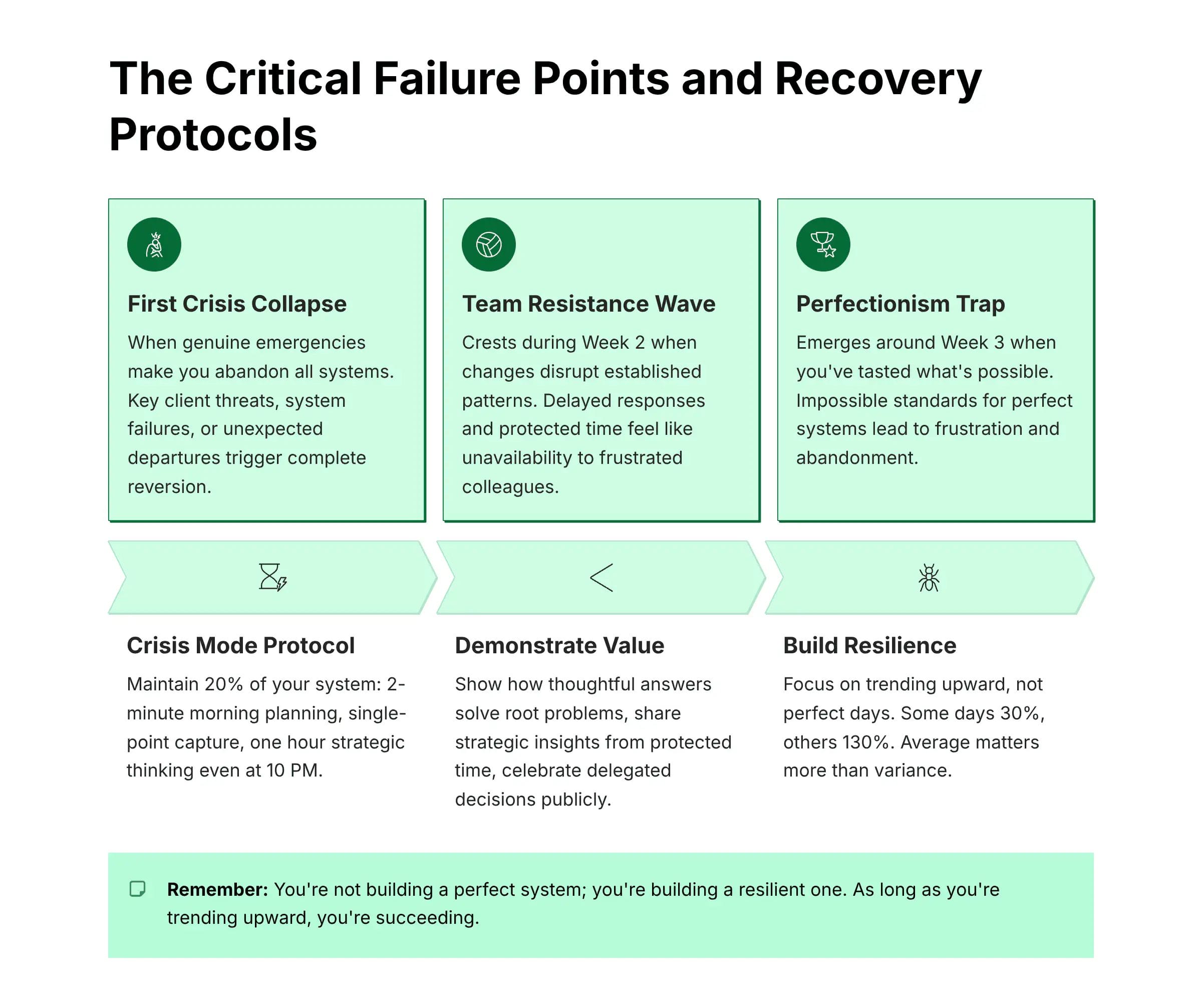
The Team Resistance Wave typically crests during Week 2 when your changes disrupt established patterns. Your delayed responses frustrate people accustomed to immediate answers. Your protected time feels like unavailability. Your delegation requests seem like burden-shifting.
The solution isn’t defending your changes—it’s demonstrating value. When someone complains about delayed response, show them how your thoughtful answer solved their root problem instead of just addressing symptoms. When they resent your protected time, share the strategic insights it generated. When they resist delegated decisions, celebrate their good calls publicly.
The Perfectionism Trap emerges around Week 3 when you’ve tasted what’s possible. You want every day to match your best day. You want every system to work flawlessly. You want every team member to adapt immediately. This impossible standard leads to frustration and abandonment.
Remember: You’re not building a perfect system; you’re building a resilient one. Some days you’ll achieve 30% of your intention. Other days you’ll hit 130%. The average is what matters, not the variance. As long as you’re trending upward, you’re succeeding.
From Personal to Organizational Transformation
The most powerful aspect of executive productivity transformation is its multiplicative effect. When you improve your productivity by 80%, your team’s effectiveness increases by 40-50%. When your team improves, organizational velocity accelerates. When organizational velocity increases, company performance improves measurably.
This cascade happens through three mechanisms. First, your improved clarity and decision-making reduces organizational friction. Teams spend less time waiting for approval, clarification, or direction. Second, your systematic approach becomes a model others naturally adopt. They see your morning blocks working and create their own. They observe your delegation success and start pushing decisions downward. Third, your increased strategic focus identifies opportunities and obstacles earlier, allowing proactive response rather than reactive scrambling.
But the multiplication only works if you make it explicit. Share your journey with your leadership team. Be transparent about what’s working and what isn’t. Invite them to experiment with elements that resonate. Create space for them to implement their own productivity improvements.
Most importantly, minimize the context switching you impose on others. Your productivity shouldn’t come at the expense of your team’s. Batch your requests. Consolidate your communications. Create predictable interaction patterns. The goal is systematic improvement, not individual optimization at organizational expense.
Your Implementation Toolkit
Success requires more than good intentions. You need concrete tools and templates that make execution straightforward. Here’s your essential toolkit for the 30-day transformation:
Daily Stand-up Checklist (5 minutes each morning):
- What were yesterday’s three critical outcomes? (Achieved/Missed)
- What are today’s three critical outcomes?
- What’s the biggest obstacle to achieving them?
- What needs to be delegated or deferred?
- Is today’s calendar aligned with priorities?
Weekly Progress Dashboard (track every Friday):
- Hours of strategic work completed
- Percentage of planned outcomes achieved
- Number of decisions delegated successfully
- Team velocity indicators
- Energy level and sustainability markers
Team Communication Templates:
- Morning block protection message
- Delegation handoff framework
- Crisis mode activation notice
- Weekly transformation update
- Success celebration format
These tools aren’t suggestions—they’re requirements. Without measurement, you’re guessing. Without communication, you’re creating friction. Without templates, you’re recreating wheels daily.
Frequently Asked Questions
What if my role genuinely requires instant availability?
Every executive believes their role requires instant availability until they test that assumption. Start small—protect just one hour daily and measure what actually couldn’t wait. In my experience, less than 5% of “urgent” requests are truly time-critical. For that 5%, create an escalation path: “If this truly cannot wait until 10 AM, call my cell.” You’ll be surprised how rarely it rings.
How do I handle board members or investors who expect immediate responses?
Set expectations proactively, not reactively. Send a message: “I’m implementing structured communication protocols to ensure you receive thorough, thoughtful responses. I check messages at 10 AM, 2 PM, and 5 PM, responding within 4 hours during business days. For true emergencies, please call directly.” Most board members actually appreciate the increased thoughtfulness this brings to your responses.
Should I attempt this during our busy season?
There’s never a perfect time for transformation, but there are terrible times. Don’t start during a major product launch, acquisition, or crisis. But “busy season” for executives is often 11 months of the year. Pick a relatively normal period and commit. The productivity gains will actually help you handle the next busy season better.
What if I've failed at this before?
Previous failure is actually an advantage—you know what doesn’t work. Most executives fail because they attempt too much too fast, don’t anticipate resistance, or lack recovery protocols. This 30-day framework addresses all three. Start with just the Week 1 foundation. If that’s all you achieve, you’ll still be 20% more productive than before.
Can I modify the timeline for my situation?
The 30-day timeline isn’t sacred—it’s practical. Some executives need 45 days. Others achieve transformation in 20. The key is maintaining weekly progression through the four phases. Don’t skip phases, but adjust their duration to your reality. Just remember: extending timeline reduces urgency, which reduces success probability.
How do I maintain changes after the 30 days?
The 30-day mark isn’t an endpoint—it’s when maintenance becomes easier than reversal. Schedule monthly reviews to assess what’s working and what needs adjustment. Build in quarterly intensives to implement new improvements. Most importantly, track your metrics continuously. What gets measured gets maintained.
What if my organization's culture resists these changes?
Start with demonstrable results, not philosophical arguments. When your improved productivity leads to better decisions, faster execution, and clearer direction, culture follows. Focus on your direct reports first—when they see benefits, they become advocates. Change spreads through success, not mandate.
Should I hire a coach or consultant to guide this?
External support can accelerate transformation, but it’s not required. If you do engage support, ensure they understand executive complexity, not just general productivity. They should provide accountability and troubleshooting, not generic advice. The framework here is complete enough for self-implementation if you commit to following it systematically.
Your Next 30 Days Start Tomorrow
The path from productivity chaos to systematic effectiveness isn’t easy, but it’s remarkably consistent. Every executive who successfully transforms their productivity follows a similar journey: recognition of the problem, commitment to structured change, navigation through predictable resistance, and emergence with sustainable systems.
You’ve already completed the hardest parts. Your comprehensive productivity audit revealed where time actually goes versus where it should. Your executive GTD system provides the framework for managing complexity. Now you need the implementation roadmap that turns insight into transformation.
The next 30 days will test your commitment. You’ll face the Day 11 Rebellion. You’ll weather team resistance. You’ll navigate crisis without abandoning your systems. But on Day 31, you’ll operate at a fundamentally different level—not perfect, but irreversibly improved.
“Transformation isn’t about perfection in 30 days. It’s about reaching escape velocity—the point where maintaining new systems becomes easier than reverting to old ones.”
If you’re ready to move beyond frameworks to actual transformation, I invite you to explore how our executive coaching programs can accelerate your journey. We’ve guided hundreds of executives through this exact process, helping them achieve sustainable productivity transformation while managing the unique complexities of senior leadership. Whether you need accountability, troubleshooting, or simply someone who understands the executive paradox of needing productivity to build productivity, we’re here to ensure your transformation succeeds.
The choice before you is simple but not easy: Continue operating at your current capacity, hoping things somehow improve, or commit to 30 days of systematic change that will fundamentally alter your effectiveness. Your organization needs you operating at peak capacity. Your team needs you focused on what only you can do. Your own satisfaction depends on aligning your time with your true value.
Tomorrow morning, you’ll face the same choice you face every morning: default to familiar patterns or build something better. The difference is, now you have a roadmap.
The next 30 days are going to pass regardless. The only question is whether you’ll use them to transform your productivity or simply survive another month of chaos.
Your transformation starts with tomorrow morning’s first two protected hours. What will you do with them?




